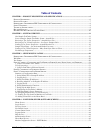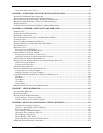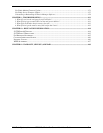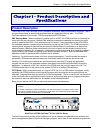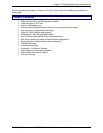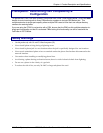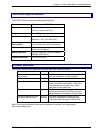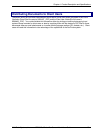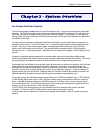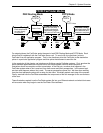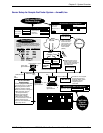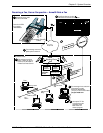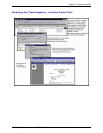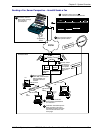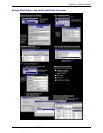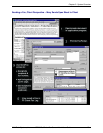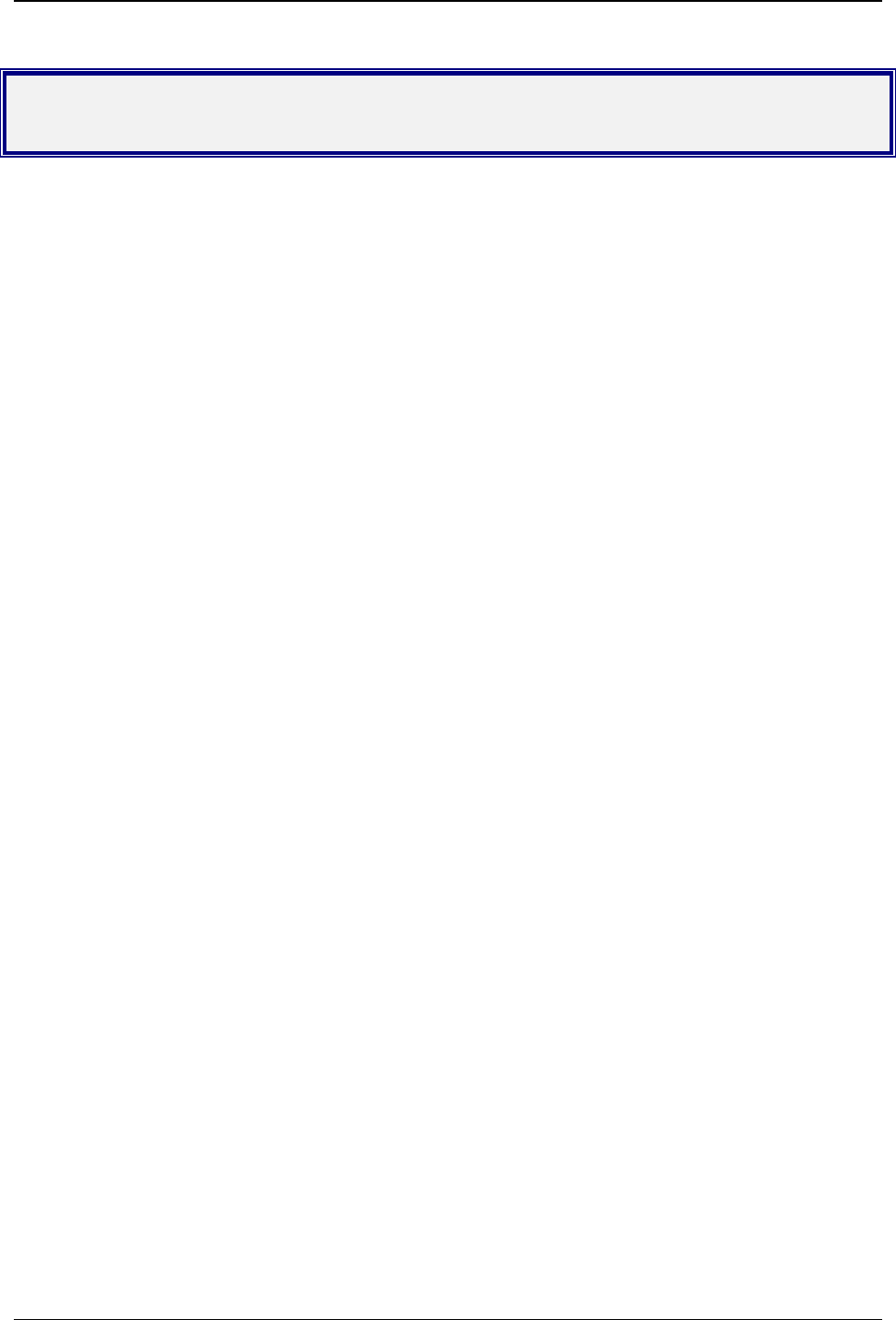
Chapter 2: System Overview
Multi-Tech Systems, Inc. FF200 FaxFinder Fax Server Admin User Guide 11
Chapter 2 – System Overview
Our Sample FaxFinder Systems
The FaxFinder system handles faxes in a non-conventional way. A regular fax machine is a centralized
resource. The FaxFinder system decentralizes fax functions throughout a network of PCs served by the
FaxFinder unit and by an email server in a common Ethernet network. In this chapter, we will give you
the big picture of how the FaxFinder FF200 Server unit and the FaxFinder Client software can deliver this
convenient functionality.
To show what you must do to implement FaxFinder functionality, we use a two fictitious companies as
examples in this manual. The first “Acme99, Inc.,” is a small manufacturing firm that we describe in this
chapter. We show, in this small sample system, the parameters that must be set in any FaxFinder
system, both for the server and for clients. The second fictitious example entity is “Rocky Mountain
Construction, Inc.,” a housing developer. References to this company will appear in later chapters of this
manual.
A regular fax machine typically operates in a common office area and is shared by multiple parties.
Usually no individual’s fax traffic is heavy enough to justify a dedicated personal fax machine. Commonly,
many parties go to the same fax machine to send and receive on a single ordinary phone line.
Compared to the centralized and non-private nature of faxing with an ordinary fax machine, the FaxFinder
system offers fax users decentralized functionality, autonomy, and privacy. For outgoing faxes, the
conversion of documents into electronic fax files is now done by FaxFinder Client software (that resides
on the PC of each user) working with the print output of any application program. Faxes can be sent to
multiple parties with one mouse click. Outgoing faxes can consist of multiple documents and come from
different application programs (word processors, graphics programs, spreadsheets, etc.).
For incoming faxes, the FaxFinder system works differently in “PBX Routing Mode” than in “POTS Mode.”
In PBX Routing Mode, each client on the FaxFinder network has a private phone number for receiving
faxes. Available extension numbers on the PBX allow each FaxFinder unit to serve numerous clients
from a single phone line. The FaxFinder transforms each incoming fax message into a graphics file and
routes it, as an email attachment, to the intended recipient.
In POTS Mode, all incoming faxes go to a fax attendant who then forwards them to their intended
recipients. All clients on the FaxFinder system use the same incoming fax number.
In either mode, the fax recipients can be at any accessible email address, inside or outside of the local
network.



